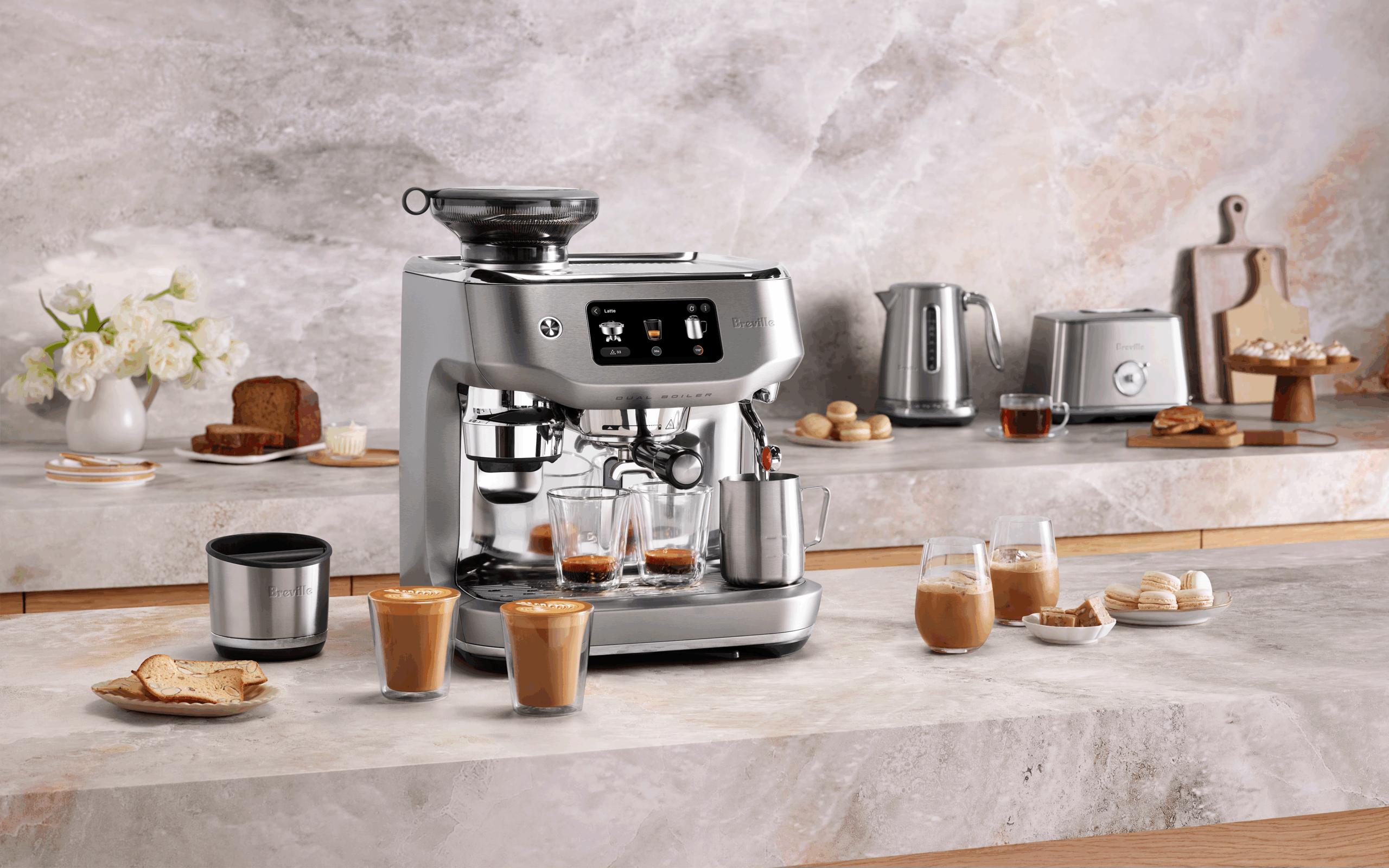When hearing about the Jefferson’s Ocean whiskey for the first time, it was hard not to envision tall ships, with sails blown by the gale. As shocking as it might sound, these small-batch bourbons and ryes travel the globe aboard ships that run a range of lengthy routes, crossing the Pacific, or at times circling the Carribean. That’s right, these small batch spirits produced by Jefferson’s are anything but “run of the mill”.
There’s something rather magical, almost romantic to the whole thing, the more you look at it. You see, sedentary barrels of spirits from other producers may well be refined and spectacular on the palette as well, but these whiskeys are formed by the turmoil of the seas; whether that be through violent storms or tropical heat, each individual Voyage expression has its own unique character. Because each voyage can only carry so much whiskey, each of these releases remains incredibly special and scarce. As the brand enters the Canadian market, it will only arrive in small quantities, so if we’ve piqued your interest you’ll need to move quickly.

The grand endeavour stems from a conversation between Jefferson’s co-founder Trey Zoeller and a long-time friend, who pondered how the churning of oceanic voyages would impact the aging process of whiskeys. What started as a crazy idea on the back of a fishing boat in Costa Rica has evolved into a successful and growing whiskey franchise within the larger Jefferson’s portfolio.
While it’s easy to romanticize this idea of well-traveled whisky, or to envision the adventures these darling barrels encountered during their respective voyages, at the end of the day what really matters when recommending spirits is taste. Rich and complex, each Jefferson’s Ocean expression is marked by its journey, but how? Where the standard aging process is all about maintaining consistency — about nurturing the spirit with a fine wood selection and a controlled environment. In trade, this whiskeys are forged by the elements, by the volatility of mother nature.


How does this all work, you might be asking? There are a few main factors that play into the equation, and they all interact with one another in some capacity. First, there’s the temperature at which the barrels are stored. We know that there’s a big difference in the aging of Scotch whisky in contrast to Caribbean rum; with the same amount of time in barrel, rum will absorb more character from its barrels than Scotch. The warmer the ambient temperature, and the more humid, the more the grain of its oak barrels will open up. When stored in a ship, these temperatures can swing fairly dramatically on each voyage, and from one voyage to the next. As a prime example, the ship’s log from Ocean Voyage 29 saw temperatures dipping as low as 10 or 12 degrees, whereas the Caribbean-focused Ocean Voyage 24 saw temperatures as high as 51.4, with an average temperature just over 30 celsius. This is just one example of how each voyage can deliver such a pendulum swing of climate conditions conditions.
From temperature we promptly move to what it influences, which is what the whiskey industry often dubs the “angel’s share”, known in the rest of the world as evaporation. Alcohol being what it is, and temperatures doing what they do, evaporative losses will vary from voyage to voyage, leading further diversity in the flavour profile of each whiskey from batch to batch. This is especially apparent with cask-strength bottles, whose alcohol percentage will vary from batch to batch. The current Cask Strength Jefferson’s Ocean bourbon listed online is marked at 59%, however what scarce bottles will appear on store shelves may be a touch higher or lower depending on which voyage it traveled on.

The last point of consideration as we ponder what makes these seafaring bottles different goes straight back to that fishing boat in Costa Rica we spoke of earlier. Watching their spirits swirl in the glass as the fishing boat bashed across the waves was an interesting point to ponder. Of course, swirling your choice of alcohol serves a purpose in a glass, allowing the liquid to interact with oxygen. In a barrel, on the other hand, what little air is in the barrel isn’t the main player in this flavourful symphony. It once again goes back to the wood of its barrel, and how the spirit rolls across the rich charred oak. Without getting overly scientific, think of it in a similar way of running ingredients through a blender rather than stirring them by hand, or the characteristics of a stirred cocktail versus a shaken one. Once again, the roughness of the seas tip the scales in one direction or the other, leading to a unique set of tasting notes with each voyage of whiskey.

At the end of the day, it’s quite remarkable to see how these small batch spirits get to evolve on their respective oceanic journeys. It’s not a method of aging we’d ever have thought of, and it’s truly unlike anything that’s currently in the market globally, let alone in Canada. As more people learn the unique story of Jeffereson’s Ocean, we don’t doubt that what little stock appears in Canada will start flying off the shelves. Given the diversity from one voyage to the next, it’s also easy to think that we’ll want to pick up more than one of the available expressions.



